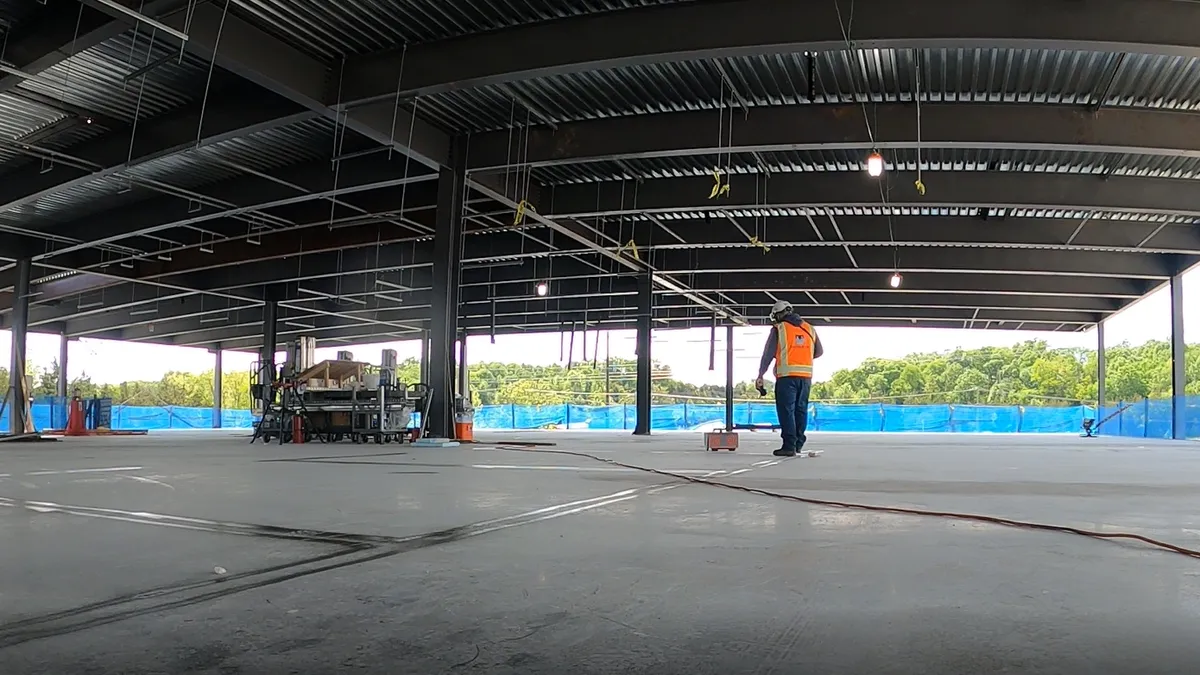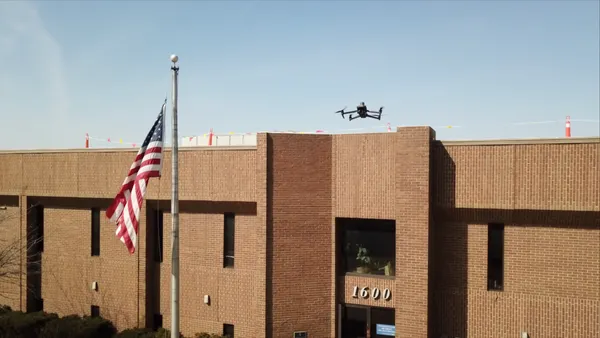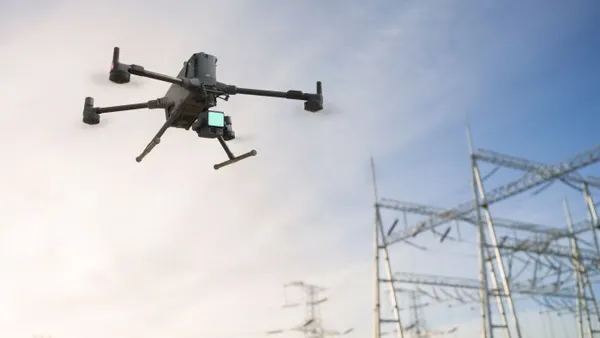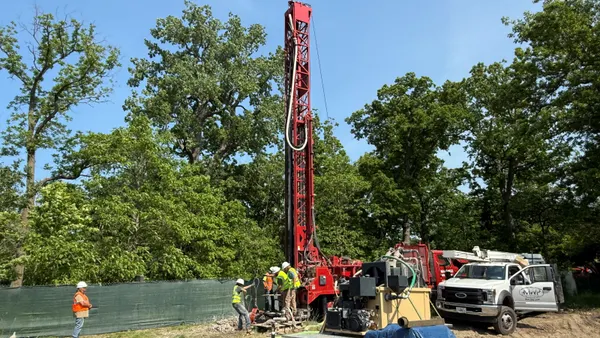When it comes to construction technology, there is a lot of noise. For a large contractor like Swinerton, teams must filter through the static to help parse out which solutions can actually be helpful on the jobsite.
This summer, the San Francisco-based contractor opened its first office in New York City, helmed by vice president Andrew Pearl, who hopes to bring Swinerton's West Coast building style to the traditional New York City market.
The builder is also hoping to bring some of its high-tech solutions and techniques as it expands into the new market. Here are some of the solutions that Swinerton has rolled out and invested in.
Drywall robotics system
Swinerton has begun to utilize a human-operated drywall taping and finishing machine developed by Canvas, a San-Francisco-based firm. Combining a scissor lift with a robotic arm, the robot delivers a Level 5+ finish on walls, and can cut a seven day job to two.
Pearl said the robot can be immensely helpful to projects where it applies, but it does have limitations. For example, the robot doesn't do curved walls well; it's best done on straight sections of walls. The robot is also large — weighing around 2,000 pounds — which can make it a challenge to get it up onto higher floors.
Where it fits, however, Pearl said it's an example of when technology and automation can not only save time and energy, but put workers in safer positions.
When operating a robot like Canvas', the worker is often 10 to 15 feet away from the action. They're able to observe and operate, as opposed to being up close. Drywall may not be the most dangerous work, but in scenarios where a worker can be operating a machine doing the work up close, that can keep them out of harm's way.
Layout robot
Swinerton has also been utilizing a product from Dusty Robotics — the Field Printer, which Pearl compared to a Roomba vacuum cleaner.
The robot (pictured at top) follows the BIM layout of a project, transcribing the layout of rooms and walls by spraying chalk with accuracy inside 1/16 of an inch, according to its website.
That accuracy is key, Pearl said. The layout is already a labor intensive process, requiring moving and bending over, which can cause strain. On top of that, a small, understandable bit of human error can have "devastating" effects down the line.
Robot dog
Swinerton's Automated Data Capture project became a group development effort between Swinerton, Boston Dynamics, AI startup Avvir and 3D capture firm Kaarta.
The contractor has begun to use Boston Dynamics' Spot the robot dog, Pearl said, mostly on healthcare and multifamily residential projects; ones that often have an easily repeatable floor plan. Using Spot's 360-degree camera, superintendents and managers can view project progress and detect issues onsite.
The program has access to the project schedule, Pearl said, which means it can actually identify if something is installed out of order or incorrectly.
"It's sort of like a robotic superintendent, so to speak," Pearl said. "Plus it can be a good security officer at night."
Nontraditional building systems
Swinerton is also working on developing prefabricated offerings, Pearl said. The contractor has developed Perq, a parking garage solution, which Pearl compared to a piece of Ikea furniture assembled at home. The structures can be finished within 13 months compared to about 23 months for a site-built garage, and greatly reduce the need for onsite labor.
The Perq program offers eight different options to choose from, with bays that range from three to six levels, providing spaces for 300 to 1,100 cars.
Innovations like offsite building allow Swinerton to change up delivery methods toward a more collaborative process, where stakeholders are more on the same page.
If the builder can connect on issues like cost and timing, Pearl explained, and indicate a distinct timeline, even with limitations — such as no curved walls for the drywall robot — clients are more responsive to making design compromises.
The human element
Even as technology continues to solve problems, there will always be a need for humans to build, Pearl said. Construction is not manufacturing, which means even the most complex machines can't construct unique buildings in the way they can repeatedly assemble identical cars.
When it comes to advancements like modular construction or drywall robots, tech is designed to help improve safety and productivity. Pearl imagined a future with fewer workers on the jobsite, but more sites where work is happening at once.
"I look at construction technology as another tool in our toolbelt, but the tool is still worn by a person," he said.















